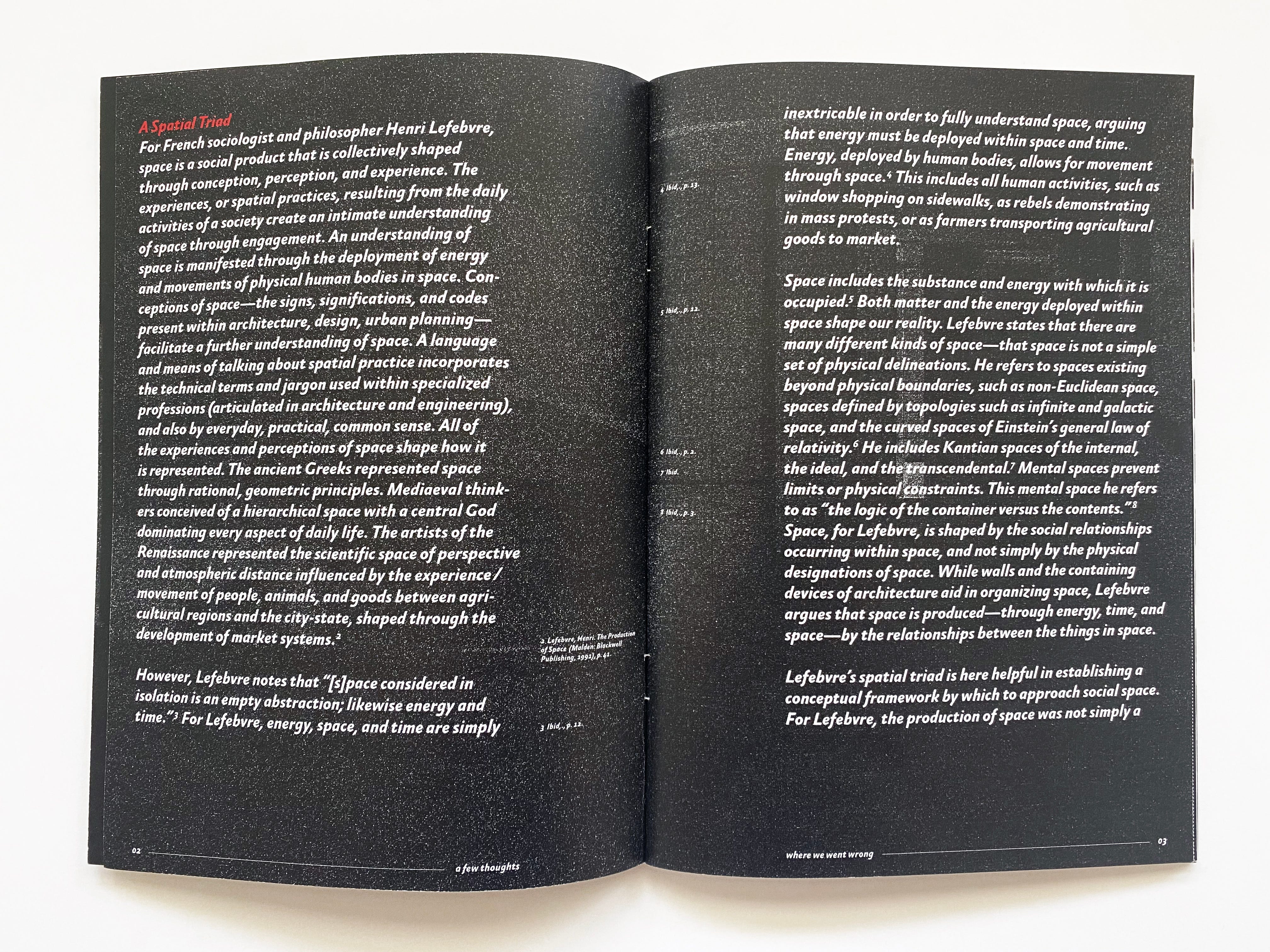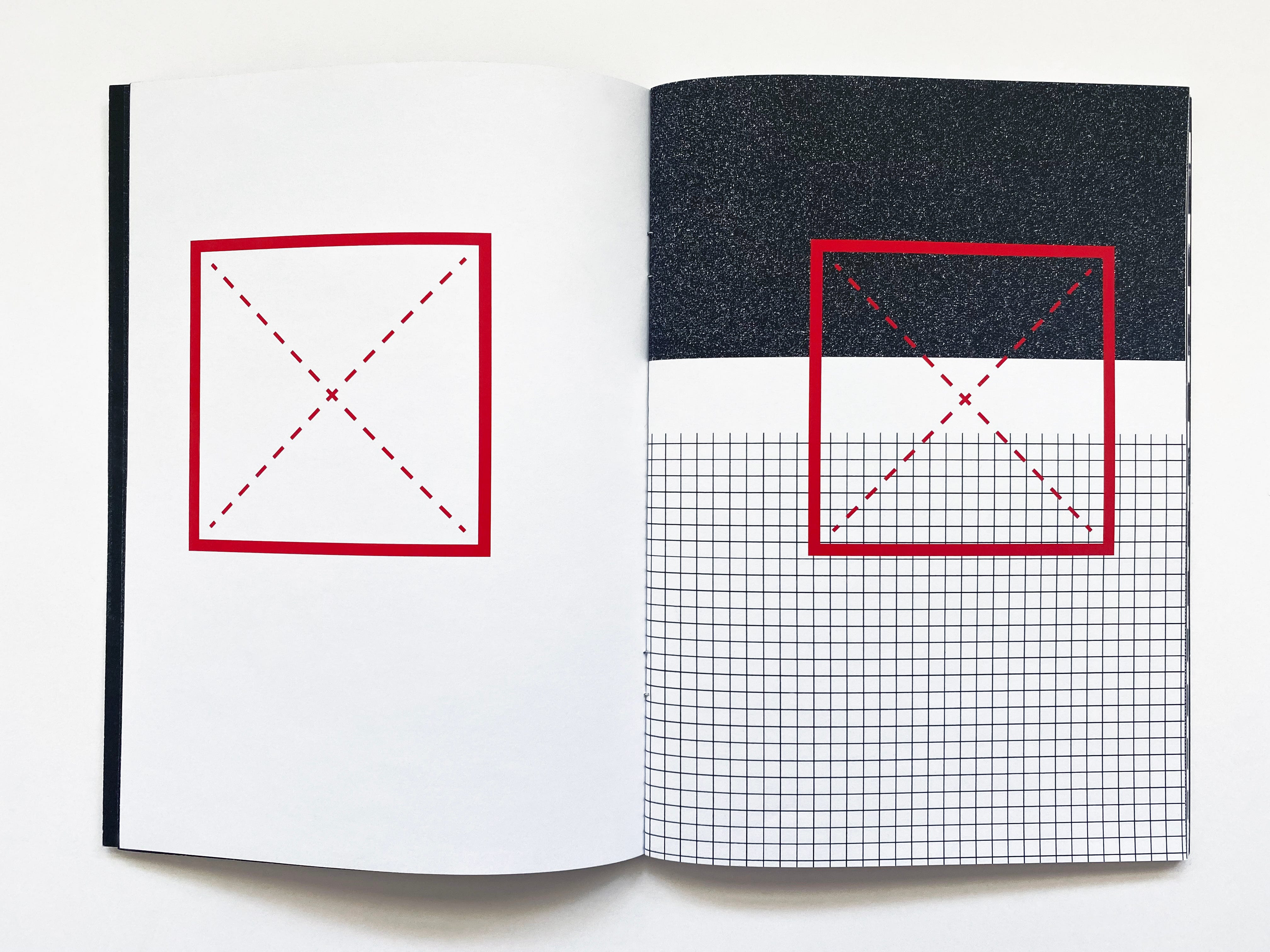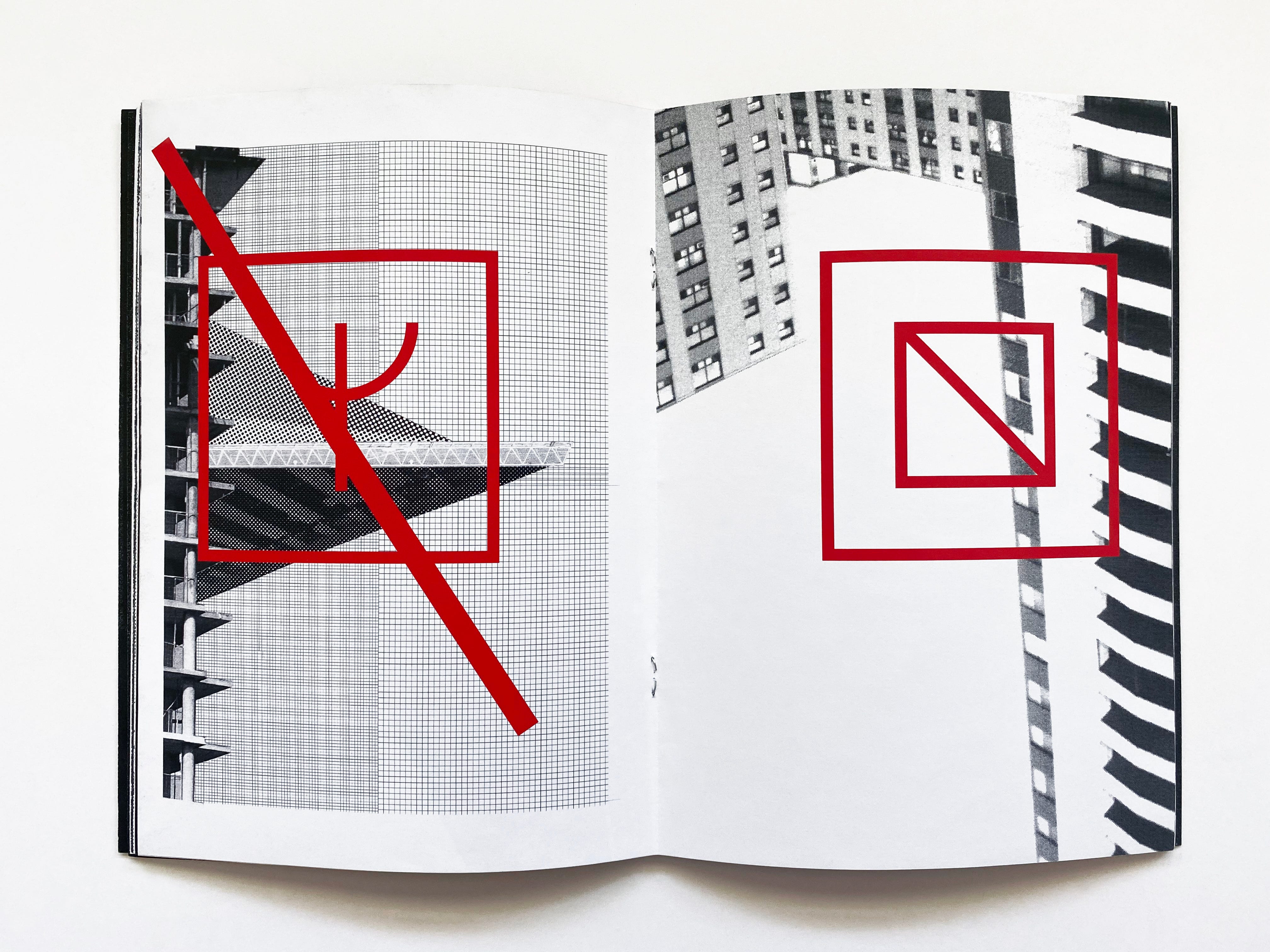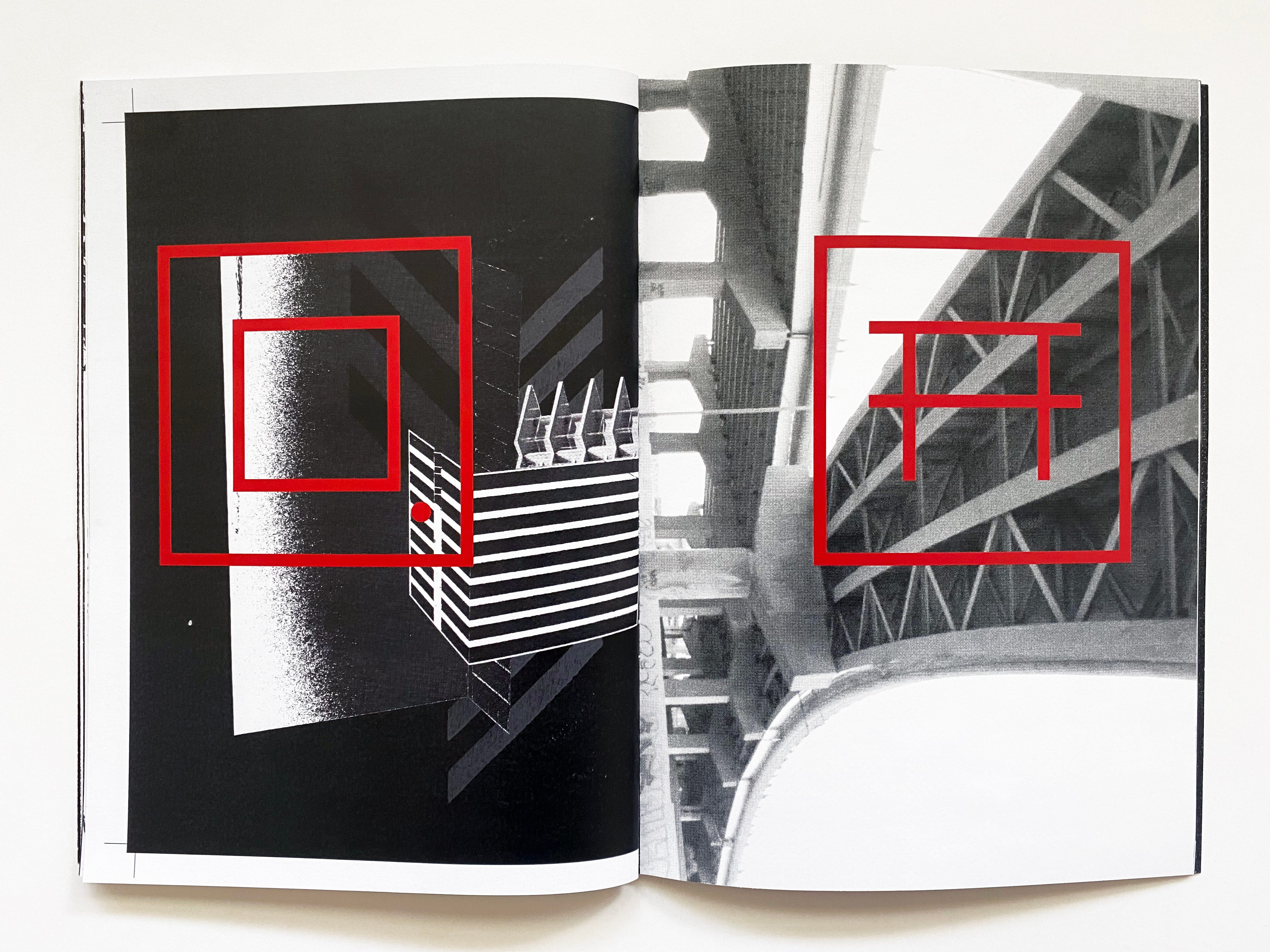When hollowed-out ideologies produce failed outcomes.

A Spatial Triad
For French sociologist and philosopher Henri Lefebvre, space is a social product that is collectively shaped through the triad of conception, perception, and experience. The idea central to his book The Production of Space posits that the experiences, or spatial practices, resulting from the daily activities of a society create an intimate understanding of space through the engagement enacted on a daily basis. This understanding of space is manifested through the deployment of energy and movement of physical human bodies within any area. Conceptions of space — the signs, significations, and codes present within architecture, design, urban planning — facilitate a deeper, personal, more intimate understanding of space. A language and means of talking about spatial practice, then, incorporates all of the technical terms and jargon used within specialized professions (articulated in architecture and engineering), and also by everyday, practical, common sense. All of the experiences and perceptions of space come to shape how it is represented through the drafting, drawing, and photographic lexicons established within the specialized professions of cultural production, and ultimately through the experience of the built / urban environment.
The ancient Greeks represented space through rational, geometric principles. Mediaeval thinkers conceived of a hierarchical space with a central God dominating every aspect of daily life. The artists of the Renaissance represented the scientific space of perspective and atmospheric distance influenced by the experience and movement of people, animals, and goods between agricultural regions and the city-state, shaped through the development of market systems. [1]



However, Lefebvre notes that “space considered in isolation is an empty abstraction; likewise energy and time.” [2] For Lefebvre, energy, space, and time are simply inextricable for fully understanding space, arguing that energy must be deployed within space and time. Energy, deployed by human bodies, allows for movement both within and through space, articulated in unimaginably-infinite forms. [3] This includes all human activities such as window shopping on sidewalks, as dissidents demonstrating in mass protest, as skateboarders re-interpreting urban forms as surfaces to be used in ways unintended by the designers, or as farmers transporting agricultural goods to market.
Space also includes the substance and energy with which it is occupied. [4] Both matter and the energy deployed within space shape our reality. Lefebvre states that there are many different kinds of space — that space is not a simple set of physical delineations. He refers to spaces existing beyond physical boundaries, such as non-Euclidean space, spaces defined by topologies such as infinite and galactic space, and the curved spaces of Einstein’s general law of relativity as subjects of space to be considered within a critical analysis of both urban and rural spaces of expansionist development. [5] He includes Kantian spaces of the internal, the ideal, and the transcendental. [6] He includes the mental spaces preventing limits or physical constraints—the imagined spaces, and spaces of day-dreaming. This mental space he refers to as “the logic of the container versus the contents.” [7] Space, for Lefebvre, is shaped by the social relationships occurring within space, and not simply by the geometrical designations or limitations of space articulated through physical, material structures. While walls and the containing devices of architecture aid in organizing space, Lefebvre argues that space is produced — through energy, time, and geometry — by the relationships between the things in space. These elements in spaces include human bodies, the built environment, and the objects injected into these spaces such as urban furniture, the passing automobile, streetlights, sidewalks—anything produced for human interaction.

Lefebvre’s spatial triad is here helpful in establishing a conceptual framework by which to aid our understanding of the construction of social space. For Lefebvre, the production of space was not simply a process of determining physical or geometrical boundaries. Lefebvre is adamant in asserting that Classical conceptions of space determined strictly by geometrical principles produces nothing but empty space, devoid of possibility, action towards contested spaces, or agencies to re-interpret and appropriate designated spaces patrolled by forces of authority. Lefebvre’s spatial triad of lived (spatial, imaginary), conceived (representations of space), and perceived (spatial practices) provide brief “moments of instability”, creating crucial conditions for dissent, appropriation, eventual struggle and revolution, the creation of community, and for the transformation of spatial practices so vital in creating healthy community connection. [8] He has much to say on the corporate spaces violently created through the digging, extraction, and removal of natural earth ultimately replaced by toxic concrete, the hard infrastructure of industry, and the productive shaping of space bent on increasing the rate of commerce.


How community members move through space (spatial practice) is affected by the representations of space (spatial representations). For Lefebvre, modern social space is unconditionally linked to state political power. Within this social space, lived experience is ultimately constrained and limited by representational codes. A clear example was how the designers of the Bauhaus strived to develop unified and cohesive solutions to their own conditions. As art and architecture historian Magdalena Droste points out, “Space and furniture seemed to mutually reinforce the effect of the other and at the same time maintain a delicate equilibrium.” [9] According to Lefebvre, the Bauhaus’ concern with standardized materials, manufacturing processes, and its goals of efficiency produced a standardized, unified space, a new conception—a global concept—of space […] The Bauhaus people understood that things could not be created independently of each other in space, whether movable (furniture) or fixed (buildings / infrastructure), without taking into account their interrelationships and their relationship to the whole. [10] These conceptions of space produced a perception — through codes — of how the space was to be navigated, interpreted, managed, and ultimately lived. The design of any given space, whether a household kitchen, a sports arena, or a shopping mall, will always employ codes which “correspond to a specific use of that space (the space’s programme), and hence to a spatial practice that is expressed and constituted.” [11]



When hollowed-out ideologies produce failed outcomes
For architects, the death of Modernism was solidified with the dynamiting of the St. Louis Pruitt-Igoe housing project in 1972. Initially forecast as a model for future development, it became infamous over its tenure personifying many of the social ills associated with massive urban development projects: overcrowding, inability to economically fund internal maintenance programs, disintegrating infrastructure, erasure of local culture, increasing crime rates, dislocation, segregation, and racism. These are some of the outcomes when the conceptions of space — Lefebvre’s spatial codes—fully break down. When ill-considered design programmes are implemented as reactions to population increases, market demand, or pressure from conglomerates to maximize the extraction of wealth through the development of large housing projects, spatial practices fragment and degrade. The interpretations and expressions of the audience regarding social codes begin to run contrary to the intentions of the original design programme. Pruitt-Igoe was developed complete with site-specific local schooling, shopping, recreational, and church-based facilities — by all means, a well-considered housing development for real people in real space, even if the buildings had built-in plans of segregating black from white residents. The designs offering housing to a swelling urban population would soon implode due to a number of issues impercievable by the planning department.
Of note, the cost for developing each unit within the 11-story structures (of which there were 33) equalled that of 3-bedroom detached ranch houses. Even so, residents were said (initially) to be proud of living within the facility due to what the design implied—success, innovation, relevance, cleanliness, and ultimately the appeal of Modernity. To be associated with a burgeoning movement so forcefully bent on pushing society forward toward a better future must have meant much to the purchasers of the units. But as the development, conceived in the ideological lens of a movement requiring constant re-appraisal and consideration, began to deteriorate over time, a foreshadowed ironic end began to loom on the project. The Modernist ideological experiment that began with an inspiring commitment over a century and a half ago to continually update itself in order to remain truly modern into the future died alongside the harsh realities where economic cost and pragmatic commitment couldn’t keep pace. As Modernism had limped into its late years of the mid 60’s and early 70’s with its hollowed-out ideological pursuits and ill-interpreted “beach modernism” built throughout the coasts of affluent California and Miami, the stripped-back and rationalized mode of designing and building became corrupted by fads and fashionable quirks at odds with the original intent of creating the conditions for living with different principles. The tokenism of Western acquisition became too powerful for an early Modernist ideology that stressed minimal form compelling all extraneous embellishment to be removed. Restraint and simplicity were ideals far too difficult to uphold for a society compelled towards material gain, lifestyles of perpetually rising wealth acquisition, and impulses towards organized hoarding. This race towards acquisition was easily rationalized and approved by a post-war society still conscious of the travails of depression-era America. However, it became ever more difficult for everyday people to afford to be modern — this was now the domain of the affluent. There was a high cost to being modern in North America. Modernism, which had originally sought to present a different way to live with less but better things — the Miesian approach to creating spaces in harmony with a purpose aligned to values of transcendence and minimalism—no longer influenced a world bend on material accumulation and hedonistic fulfillment.

Architect Michael Green, quoted at a public talk delivered at George Brown College’s Design and Architectural Science lecture series (DAS), said that “Architecture has thus been reduced to playing with shapes, even in the face of disaster.” The formalism so crucial within the movement, which began as an innovative means of minimizing, simplifying, and increasing productivity through intelligent spatial relationships, ultimately descended into a shallow expression of shape-making. Pruitt-Igoe is a cautionary tale. We are no longer Modern. Many design movements, ideologies, forms of making, and design expression have come and gone since the death of Modernism: Post-modernism, the Information era, Big Data, the Experience economy, and any number of the contemporary Simplicity and “tiny” movements. Yet the term continues to stick. So when we say that something is “modern”, what we are struggling to articulate is the contemporary nature of the thing being referenced in the here and now. This notion that we struggle to articulate an accurate description of our state of being in this moment, short of regressively reverting to “modernist” terminology, is problematic. We, in our increasingly vapid online lives of tracking down social recognition through any number of software offerings and platforms, do not have any idea of what it means to be progressive, nor do we understand the world fully enough to give it expression. So, we lazily revert to describing it as ‘modern’.
Perhaps it is akin to Jameson’s spot-on assertion that our leaders are better able to envision the end of the world than they are the end of capitalism. The general consensus is that the political class have no collective vision beyond the faultering management systems currenly in place. Their work over the last decade has been devoted to fuelling up an already rapacious economic system currently being run by a political ideology articulating the dangerous teachings of the Chicago School of Economics — neoliberalism. Sure, we are no longer infatuated by books written with Modernist themes and the internal monologue; or that markets operating unchecked in linear-extractive-wasteful processes relying on infinite growth from finite landscapes ultimately leads to the breakdown of the biosphere. The problem is the vacuum that has emerged through our failure to collectively articulate, understand, and appreciate what it means to be a part of the world in the here and now. Our current cultural zeitgeist — the output that literally surrounds us with ultra-contemporary cultural production — has not propelled us beyond a lazy regurgitation of Modernist nomenclature, a kind of baggage still used to describe the human state


It is clear that we no longer subscribe to the narratives and mythologies served up through a Modernist worldview. However, the need for an entirely new articulation for where we find ourselves as a society will only aid in acknowledging the cultural advances we’ve made. It will also point toward the technological progresses achieved, civil discourses articulated, our social interactions with each other, and the manner in which we identify politically with the constantly changing circumstances surrounding us. To say that something is “modern” really means that what we are referring to will appear to have come from the early 1970’s. And that’s not even good Modernism! The good stuff really peaks in the 1920’s to the mid 1950’s — High Modernism, before its inevitable decline into veneer and tacky interpretation. (This does not include the more intriguing early subversive modernist movements such as Futurism, Dadaism, Constructivism, Cubism to name a few.) Here I am thinking of Mies van der Rohe’s Farnsworth House and TD Centre, le Corbusier’s Villa Savoye, Walter Gropius’ House, Jan Tschichold’s The New Typography, Max Bill’s industrial design, and Josef Müller-Brockmann’s Grid Systems In Graphic Design to name a few important references.
A point of interest: as the ideological premise supporting the Modernist movement — that Modernism, in order for it to remain relevant and meaningful, required constant renewal, interpretation, and adaptation — is really the only thing that survives. Sure, there are structures, publications, and the design ideology taught to students as points of reference in design education. But we don’t see the outputs from the Modernist era as being of our time. They are outdated, poorly assimilated into our contemporary networked world of digital tools, and somehow clunky, awkward. Yet still the misapplied term of “being modern” persists in circulation, heard often within passing conversation. So much so that it still persists in how we describe the “new” and innovative, even though we have long moved on from the modernist forces that once seemed so novel, exciting, and seemingly ubiquitous in describing the possibilities of a new world based completely on fresh new principles, values, and ethics.
The concepts of Modernism changed the world, became antiquated, then dangerous, and ultimately rejected in favour of more relevant modes of making. We are able as people living in the now to hold two incompatible ideas in our heads at the same time in that we can continue to love (or reject) the Modernist spirit, and at the same time comprehend that to be Modern is old, outdated news.

The above text is an extract from my thesis “Printing In Public: Exploring Co-Creation as a Communicative Spatial Practice”, published in August 2011 at York University, modified for the publication of this work. All collage artwork, textual exploration, and publication design has been produced by Jayson Zaleski.
==
Jayson designs, draws, writes, and documents his world at jaysonzaleski.com. He can be reached at [email protected].
References
- Lefebvre, Henri. The Production of Space, (Malden: Blackwell Publishing, 1991), p.41.
- Ibid, p. 12.
- Ibid, p. 13.
- Ibid, p. 12.
- Ibid, p. 2.
- Ibid.
- Ibid, p. 3.
- Ibid, pp. 38–39.
- Droste, Magdalena. Bauhaus 1919–1933, (Berlin: Taschen GmbH, 2006), p. 153.
- Lefebvre, Henri. The Production of Space, (Malden: Blackwell Publishing, 1991), p. 124.
- Ibid, p. 16.